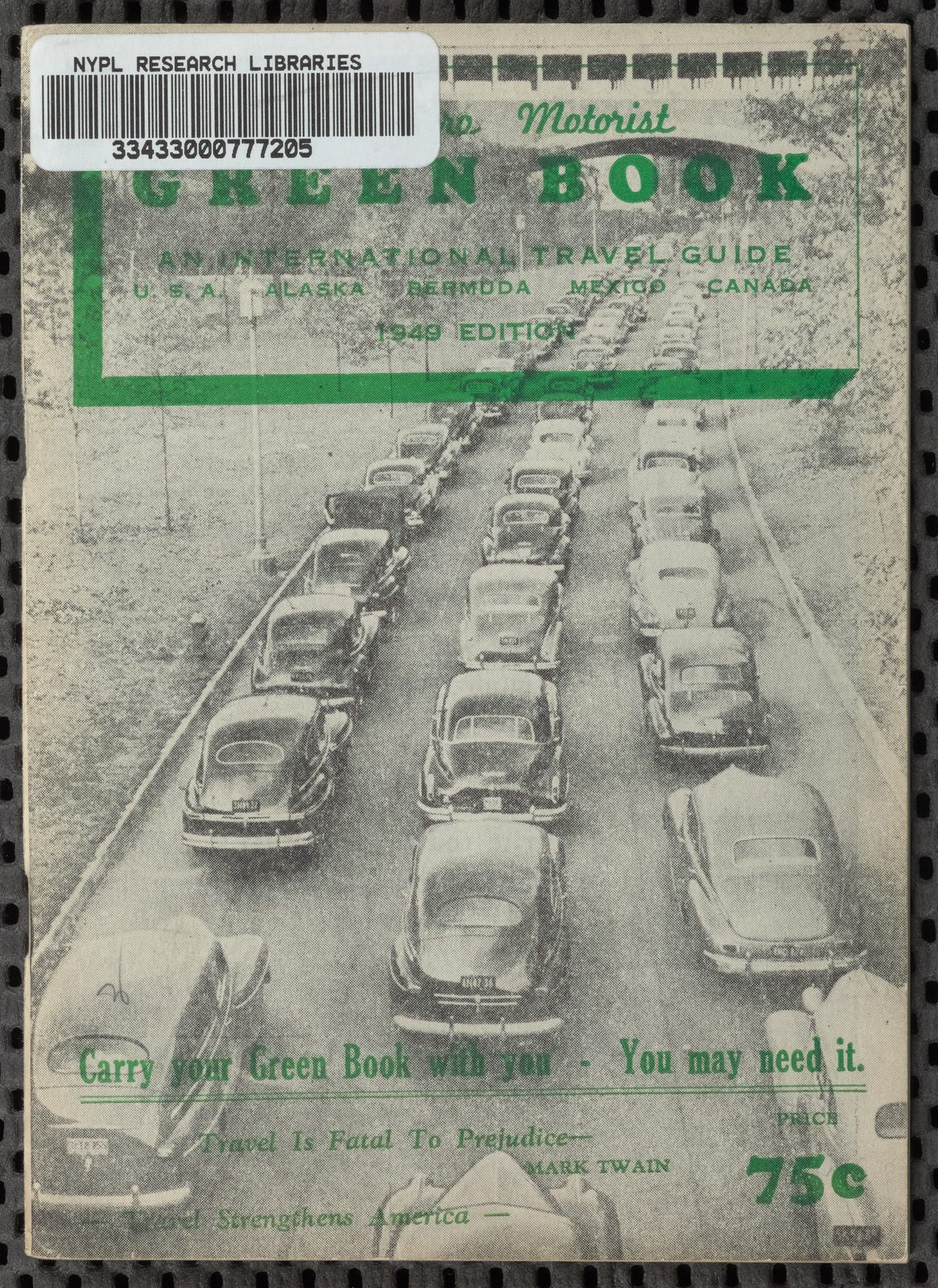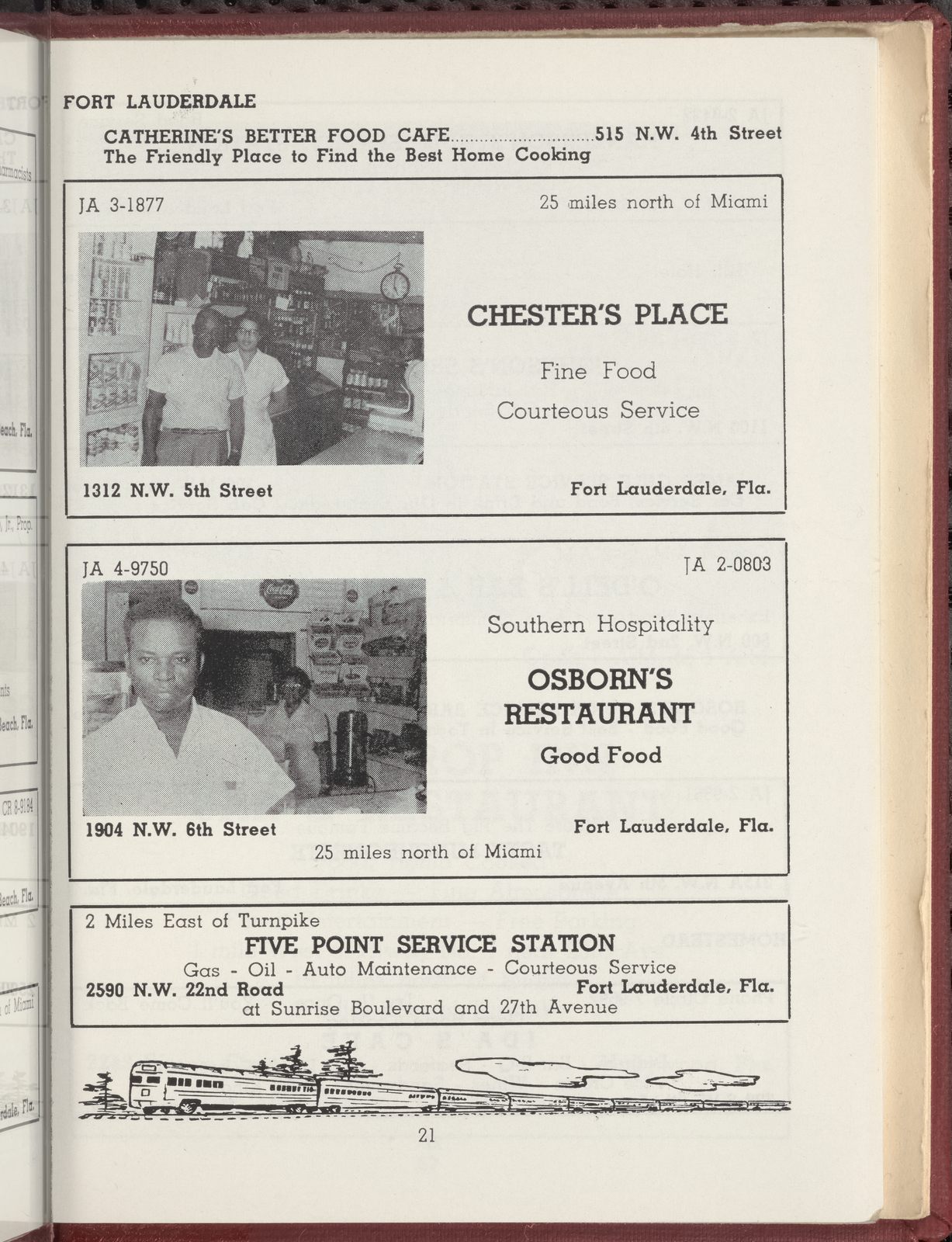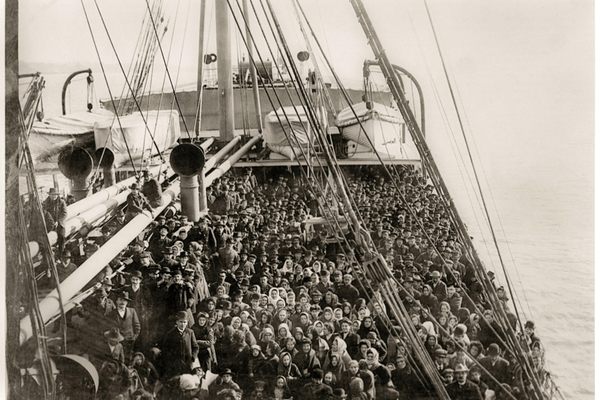Object of Intrigue: a Jim Crow Era Guide for Black Travelers

The 1949 edition of The Green Book includes the Mark Twain quote, “Travel Is Fatal To Prejudice.” (Photo: Public Domain/New York Public Library)
“There will be a day sometime in the near future when this guide will not have to be published,” reads the introduction to the 1949 edition of The Green Book. The travel guide listed bars, restaurants, hotels, and other places in America where black travelers would be welcomed.
Victor H. Green, a post office worker, teamed with his contacts in the Postal Workers Union, all around the country, to compile The Green Book, which aimed to help black travelers navigate around the dangers they faced on the road during the most intense period of segregation in the 20th century.
The need for a travel guide specifically tailored to African-Americans arose during the Jim Crow era, when the consequences of entering a “whites only” space ranged from having the door slammed in one’s face to being assaulted or even lynched. The first edition of The Green Book was published in 1936, the last one in 1966.

Victor Hugo Green, the founder of The Green Book. His surname is where the guide gets its name, although there is a misconception that it is called The Green Book because of the color of its cover. (Photo: Public Domain/Wikipedia Commons)
As a black middle class began to rise in America, the face of travel was no longer exclusively white. More black people began driving, in part because they were more economically able, but also due to the discrimination they faced on public transportation.
However, black motorists were not safe even within their own vehicles: at the time, the simple fact of a black person owning a car could anger white supremacists. Even the laws of the road were dictated by racism; in some areas black drivers were not allowed to overtake white drivers.

Later editions of The Green Book included pictures. The above page is from the 1962 edition of the guide and lists four restaurants in Fort Lauderdale. (Photo: Public Domain/New York Public Library)
While black Americans may have been familiar with the “whites only” establishments in their own towns, it was difficult to know where they would be welcome when they were traveling. Each edition of The Green Book was an extensive list of not only bars, hotels and restaurants, but also establishments such as hair salons, beauty parlors, drugstores, tailors, and liquor stores.
Later editions of the guide included pictures and accommodated for air and ship travel, too. By the early 1950s, the guide had added international destinations such as Mexico, Canada and Bermuda.

Establishments listed in two editions of The Green Book plotted on a map. The later edition expanded to include Mexico, the Bahamas and Canada. (Photo: Public Domain/New York Public Library)
In a 2010 interview with NPR, civil rights leader Julian Bond explained that the book existed to assure the kind of safety and convenience that most travelers today take for granted.
If I go to New York City and want a haircut, it’s pretty easy for me to find a place where that can happen, but it wasn’t easy then. White barbers would not cut black peoples’ hair. White beauty parlors would not take black women as customers–hotels and so on, down the line. You needed The Green Book to tell you where you can go without having doors slammed in your face.”
The travel guide ceased publication in 1966, three decades after it first arrived on the scene, and shortly after the Civil Rights Act of 1964 outlawed the systemic racial discrimination that had brought it into being in the first place.















Follow us on Twitter to get the latest on the world's hidden wonders.
Like us on Facebook to get the latest on the world's hidden wonders.
Follow us on Twitter Like us on Facebook